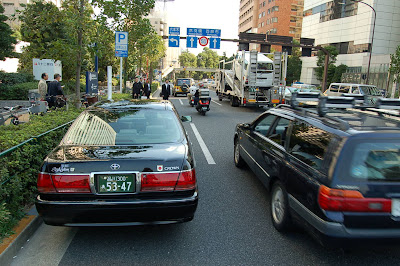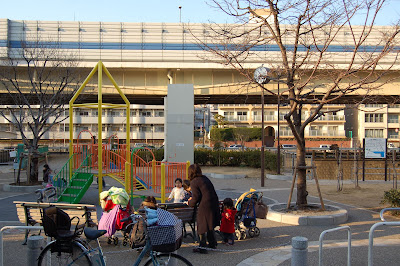
Sometimes I forget the most daily items deserve attention and should have a posting in this blog.
Today a small monument for the bicycle.

Every city has the super fast express cyclists. You know those tough guys...

And ordinary people of course.

Take care! Drive left but stop right as that car will turn left etcetera....

Parking cars (illegal) prevent cars from actually driving on the left lane.
The remaining space serves very well as a bicycle lane.

Sometimes the left lane is so narrow that the parked cars are pain in the a** for cyclists as well.

So let's take the sidewalk. Absolutely normal here. It is a strange feeling apparantly not to exist here as a cyclist. You are eiteher a pedestrian or a driver and in both cases there is traffic area you may use. Are you a cyclist you are none of them or a bit of both. Cycling is allowed everywhere but nowhere really convenient.

In some places you can find bicycle lanes. Better said, a reserved part of the sidewalk. A truly seperate bicycle lane I haven't seen yet. Differently than in the Netherlands, marking the cycling lane is not done by marking the lane but by painting the remaining pedestrian area. Can be red, white, yellos, or any color. The dark asphalt can be for cyclists but further ahead it might be meant for pedestrians again. Ah, and did you notice the sign indicating two directional cycling? And mind the parked bikes please...

I am lucky not to be the only one who gets confused. The sign says how it should be. Reality is totally the opposite. I am riding the pedestrian area as most people are walking on the bicycle lane...
Here the bicycle lane runs directly into the metro DOWN THE STAIRS!
We start with a narrow sidewalk, two directions and an advertising sign.

















































